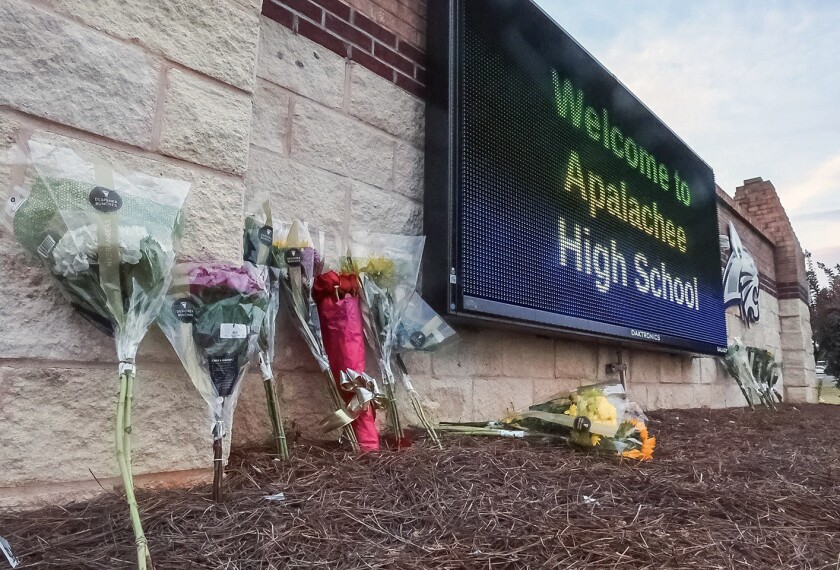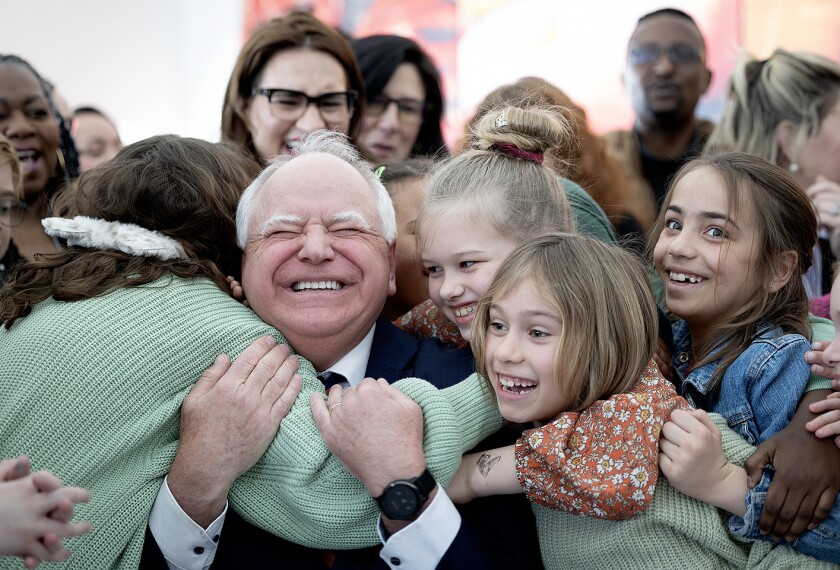Does your school day have time for “flow”?
During my 32 years as an elementary teacher, it’s been a priority for me, but lately, as more prepackaged curricula make their way into classrooms, I am worried about the future of flow.
“Flow,” if you don’t already know, is a state first described and championed by Hungarian-American psychologist Mihaly Csikszentmihalyi after observing art students so focused on their craft that they “lost themselves” while creating, unaware of the outside world. Csikszentmihalyi realized that whether during play, learning, or creating, students in “flow” focused almost solely on process rather than product. The enjoyment was in the journey itself.
When students engage deeply, screening out the external world, they transform themselves from extrinsic learners to intrinsic learners, who feel joy, cement concepts, and formulate new questions. Flow creates an educational “snowball.”
But what happens when much of the school day is governed by packaged content? Some educators laud these programs for their ability to increase efficiency and ease workloads, while others note that the ubiquitous use of scripted curricula takes teachers out of the equation. It makes them simply conduits of tidy—sometimes antiseptic—lessons instead of creators of instruction tailored specifically for their students.
While implementing packaged curricula can be an efficient way to “cover” content, if adopted with strict fidelity—an unadulterated presentation of every lesson without supplementation—this rigidity prohibits the flow that Csikszentmihalyi recognized as central to learning.
A steady diet of scripted lessons can subtract spontaneity, deep learning, student passions, and teacher expertise from classrooms. Presenting packaged curricula without deviation gives districts false assurance that students will learn every concept and demonstrate proficiency on standardized assessments and that teachers will deliver uniformly “equal” instruction to each pupil. This kind of curriculum creation doesn’t take into account how a meaningful “side trip” can make a concept more relevant, more interesting, and more memorable to students.
I recently participated in the rollout of a well-regarded published writing curriculum, which offered a dizzying array of detailed lessons, practice, instructional videos, and slideshows—more than perhaps could be covered in two sets of 180 days. Some lessons looked similar to my homegrown writing instruction, which I had created drawing from several resources.
The packaged program extended each concept in a gradual evolution of ideas, each lesson building upon the learning of the preceding one with just a tiny variation. But what appeared at first glance to be a curriculum promoting the slow blooming of deep understanding in fact was one with a great omission. Its creators forgot to consider the students’ need to experience the ultimate form of flow when writing: drafting and editing a whole story or essay. Instead, they created the conditions for ennui with their iterations of the same basic skill.
When one of my colleagues inquired at a midyear professional development session about this omission, the trainer assured us that students completing every lesson would possess advanced ability, rendering them “able” to write a whole narrative, opinion piece, or informational essay. “There is no need for your students to complete a summative piece,” she said with the impatience of someone who had answered the same question many times before. “If you pause to write, revise, and edit a whole piece, students will miss valuable lessons in the rest of the program.”
But without writing a whole piece, students will miss flow. Because I value it in my 3rd grade classroom, I make sure to pause during our writing instruction and allow students a summative experience that encourages not only flow but independence and completion of a real-world task. For example, when studying narratives, after some instruction, I gave students a choice among several open-ended prompts for their stories. They set to work as if their sole purpose on earth was to weave a story to delight the nation. The class cheered every time I released them to do “their writing.” They groaned when writing was over and recess was to begin. When adults walked by the classroom, they saw students sprawled on the floor, hunched over desks, sometimes standing over tables or kneeling on chairs. They saw children applying the most important lessons they had learned. They saw authors in flow, who loved the feeling of being writers.
This is the kind of learning that students remember and extend when they advance to the next grade. Creation like this fuels the happy, productive thrum that is the heart of learning. It is something that rarely results from delivering prepackaged lessons with total fidelity.
Teachers should be free to select the best lessons from a variety of sources and be trusted to use their knowledge and expertise to craft an experience tailored for their own students. Students should be allowed to lose themselves in flow. This is the way to persuade young students to come to their desks with enthusiasm every single day.
Disclaimer: The copyright of this article belongs to the original author. Reposting this article is solely for the purpose of information dissemination and does not constitute any investment advice. If there is any infringement, please contact us immediately. We will make corrections or deletions as necessary. Thank you.







